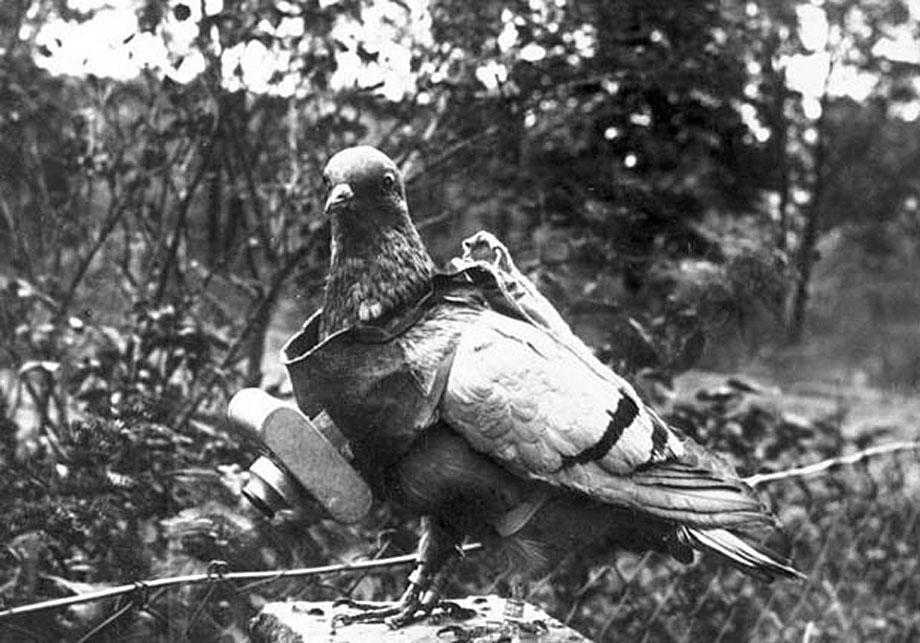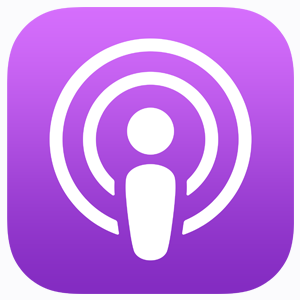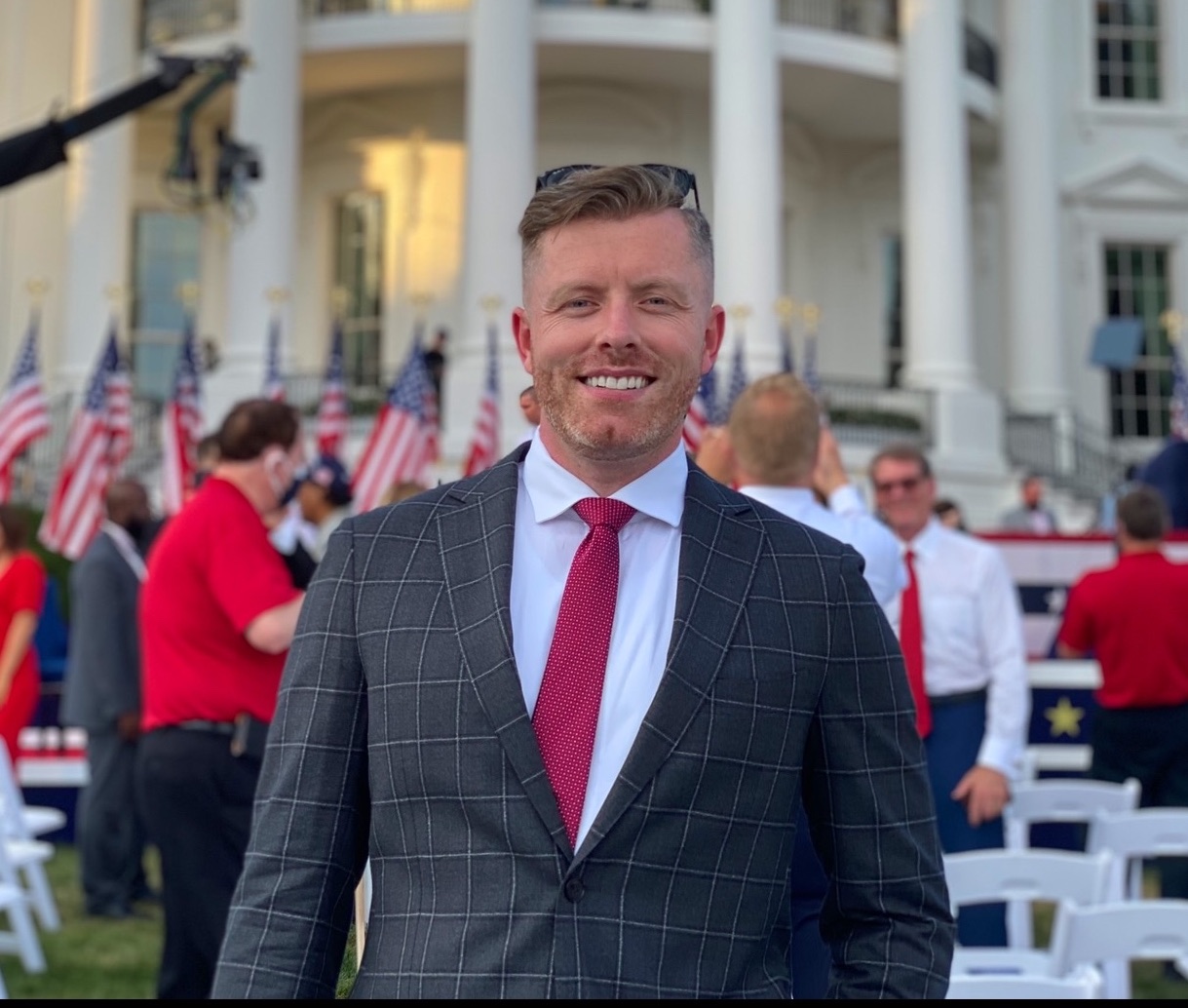their territories.
Jeremy Norman's Historyofinformation.com explains that Egyptians would release pigeons to spread the news of a new Pharaoh, for example. The article goes on to say that Julius Caesar had 5000 pigeons documented while he was emperor.
Moving forward, carrier pigeons continued to be used, especially in wartime. During WWI, Germany strapped cameras to pigeons and flew them over enemy territory. Mary Blume writes in The New York Times that France used pigeons at the same time for communication because telegraphs and phones couldbe tapped. To this day, drug traffickers continue to use carrier pigeons to avoid the modern surveillance technologies. In the middle eat, heroin is strapped to pigeons and then released in flocks from Afghanistan to Pakistan.
What I love most about this communication method is that it is proof of humanity's resourcefulness with nature. Imagine being in the middle of nowhere without any modern civilization, would you think to train the birds flying overhead? It really was a revolutionary development. People were connected at long distances. The most practical application of this that I can think of is to tell their soldiers that a war is over. Without any means of mass communication, there would be no way of knowing your emperor brokered a peace agreement. People would continue to fight and die needlessly.
So, how do you train these birds to go where you need them to go, even if that's a thousand miles away? The answer is much simpler than I thought. Wonderopolis.org explains that to train a carrier pigeon, you just need to teach it where home is. The, you bring the pigeon to where you are releasing it from and it will know how to get home. It cannot go to any destination, but it can get to its destination from any starting point.
The next question is how do they know where home is? Scientists aren't entirely sure, but they believe it is a combination of using the sun as a compass, the Earth's magnetic field, and low-frequency sounds. The sun's position and direction of movement tells the pigeons if they are going the right way. Then, the pigeon is able to remember the magnetism and low-frequency sounds from home and go towards that feeling.
Carrier pigeons truly had a significant impact on human history. Any great empire or nation would not have been able to exist without being able to communicate in a way beyond word of mouth.






